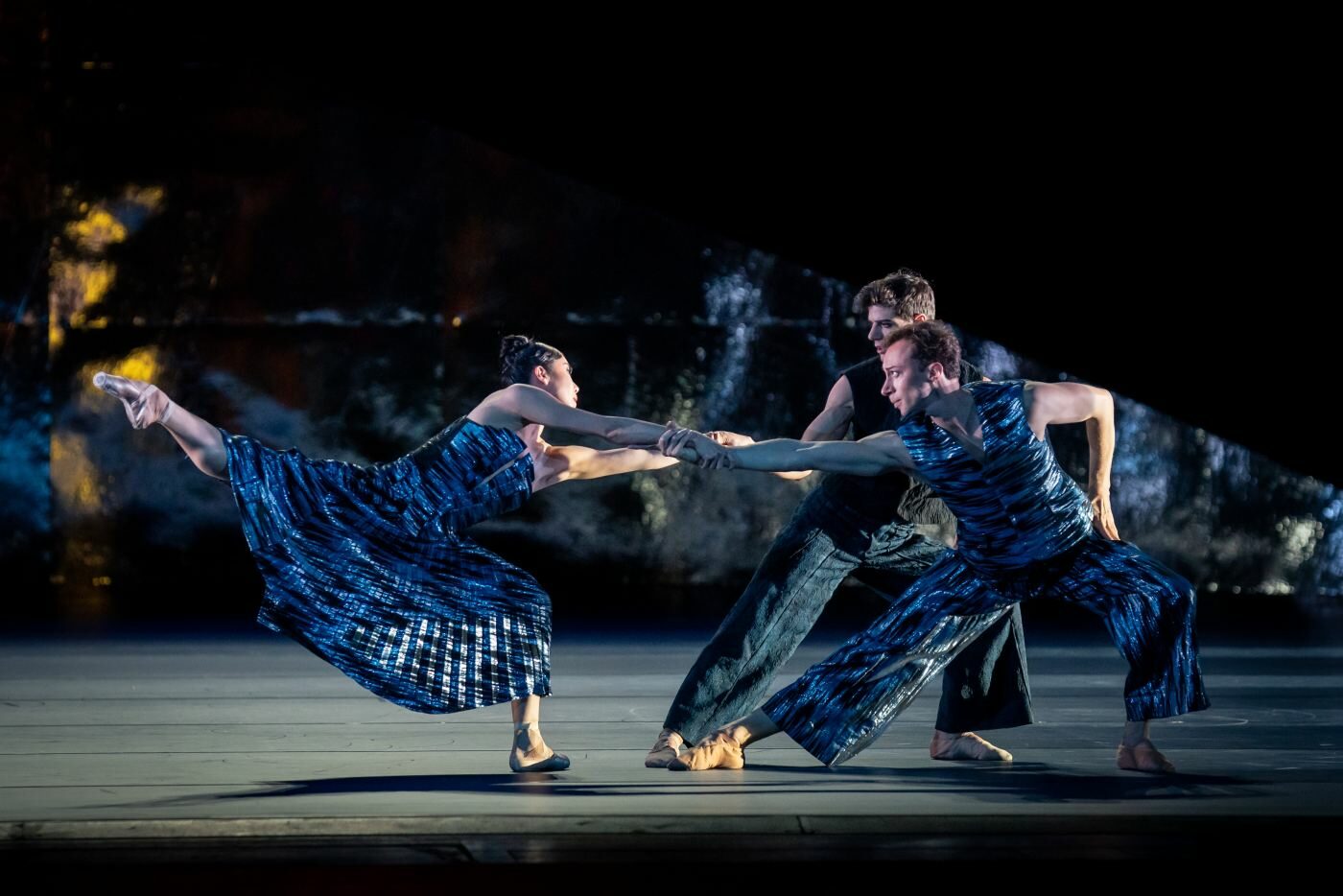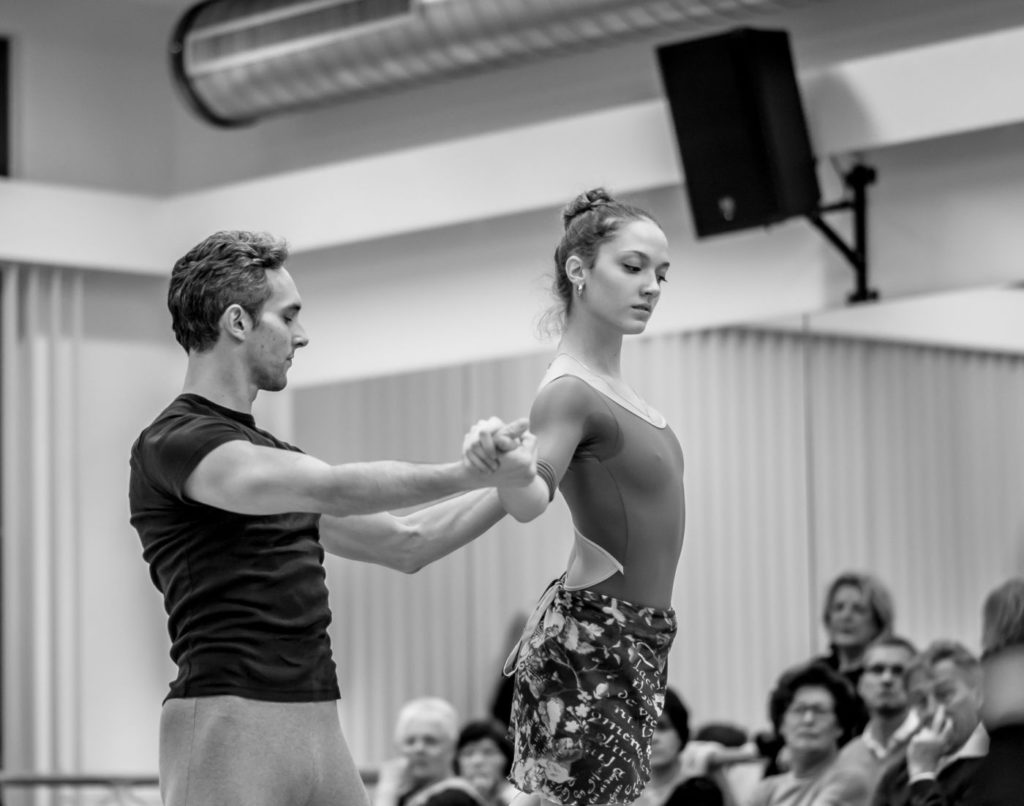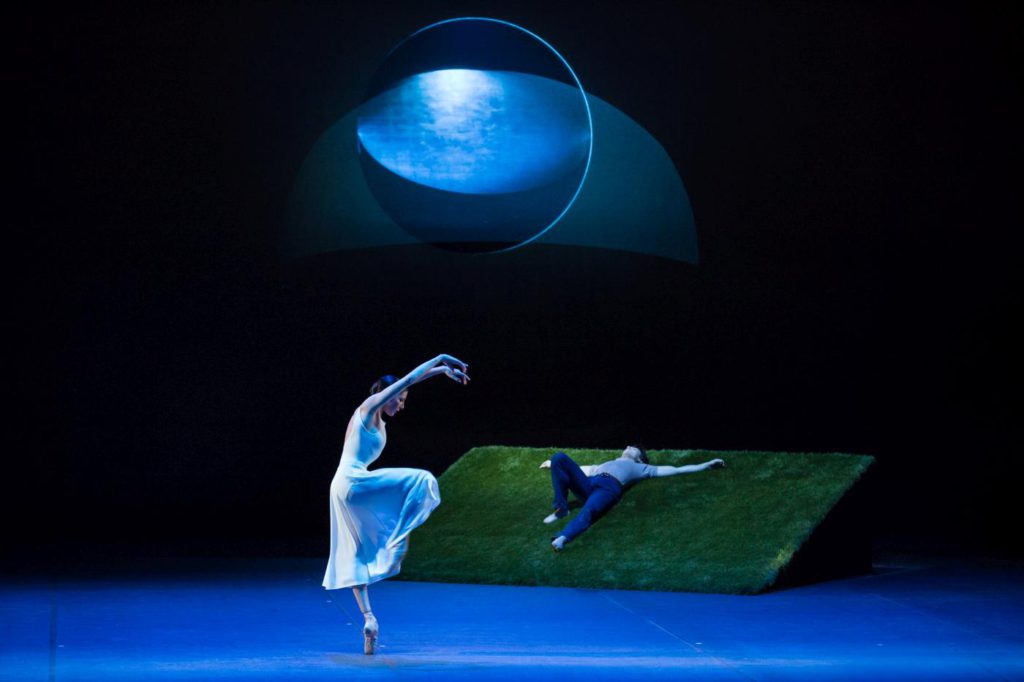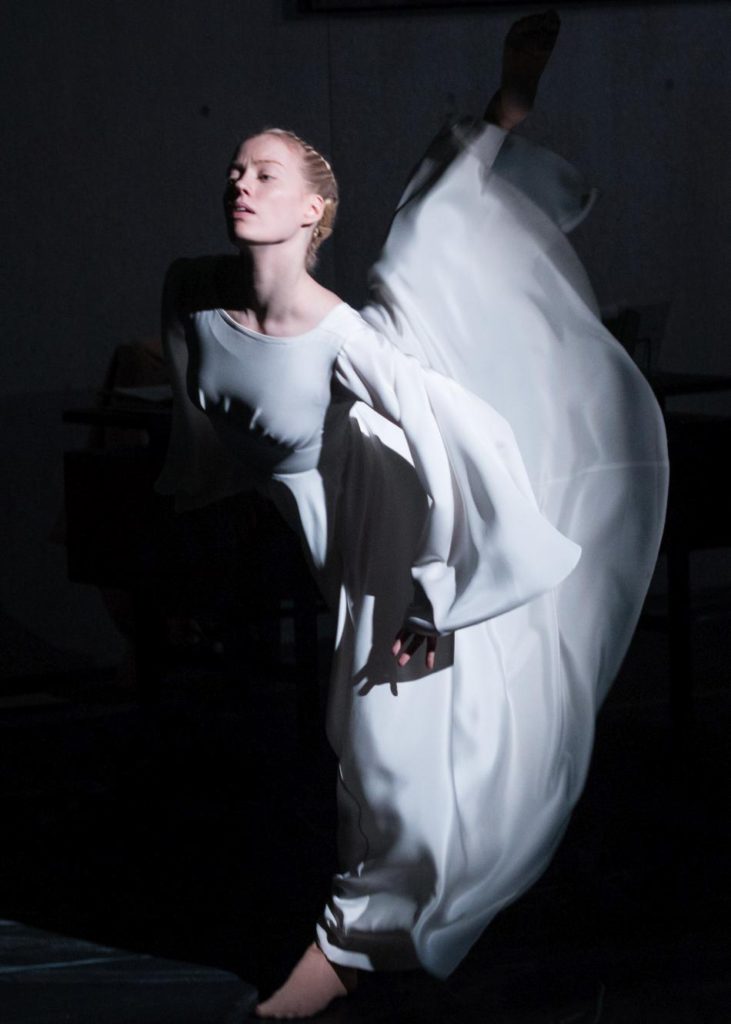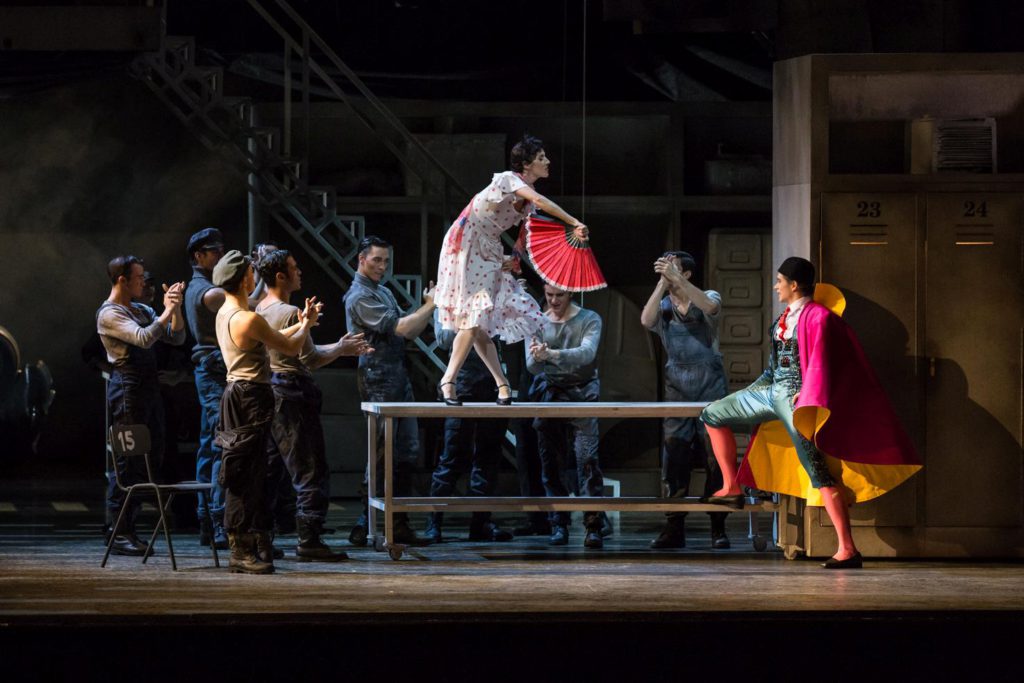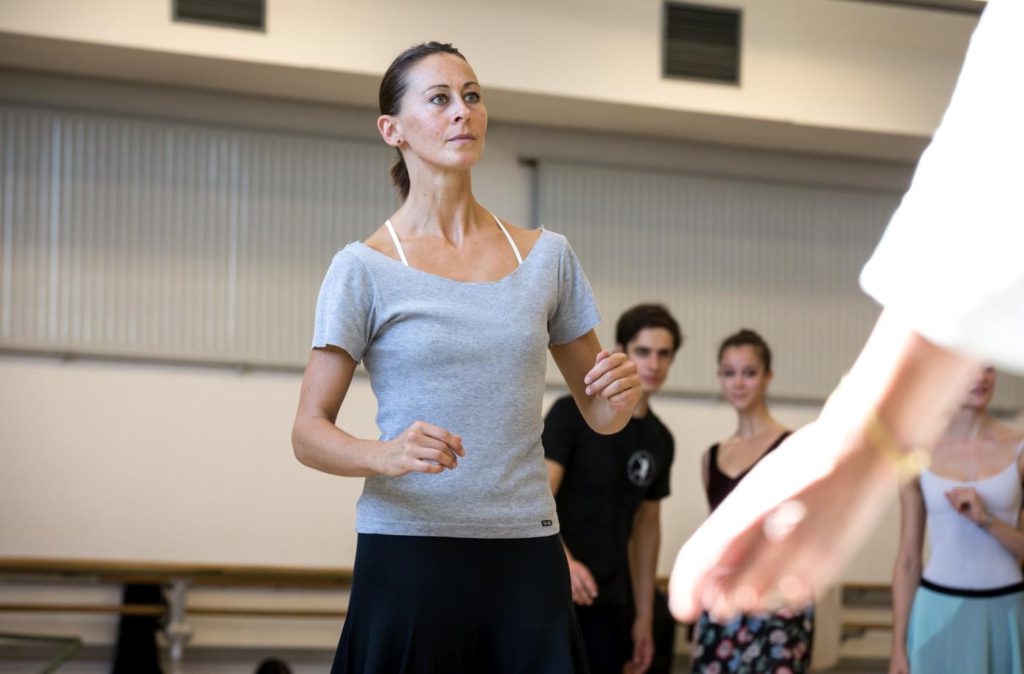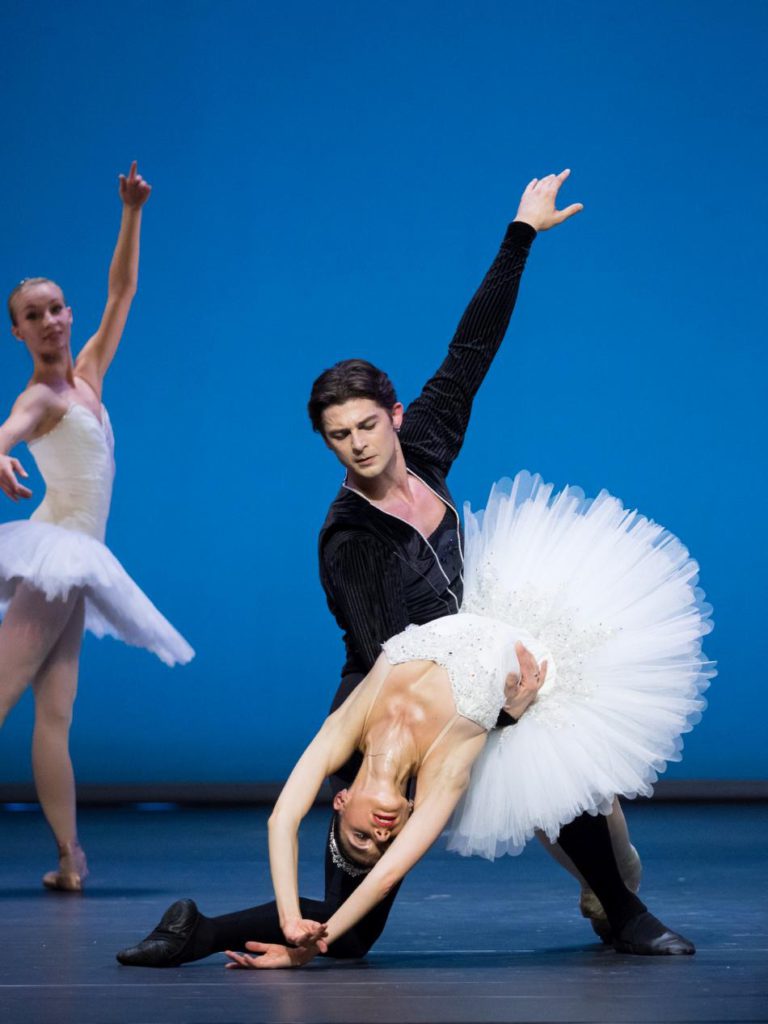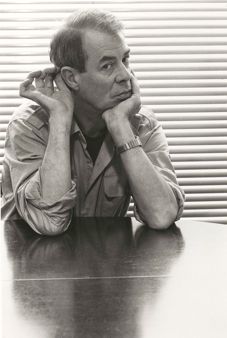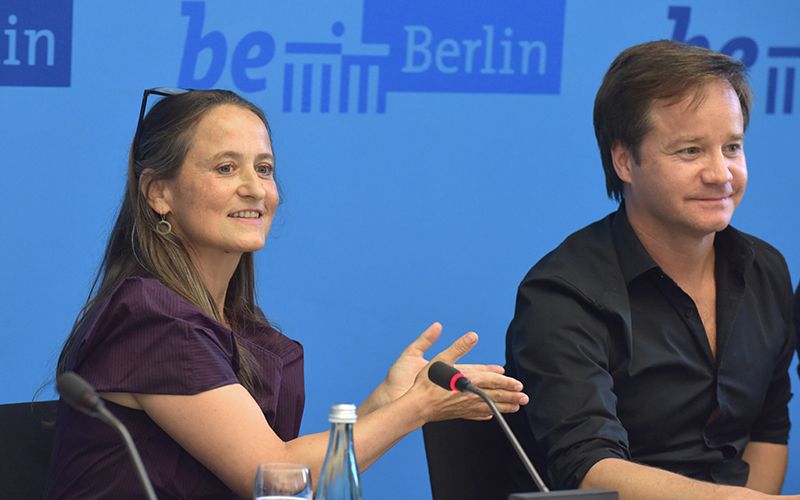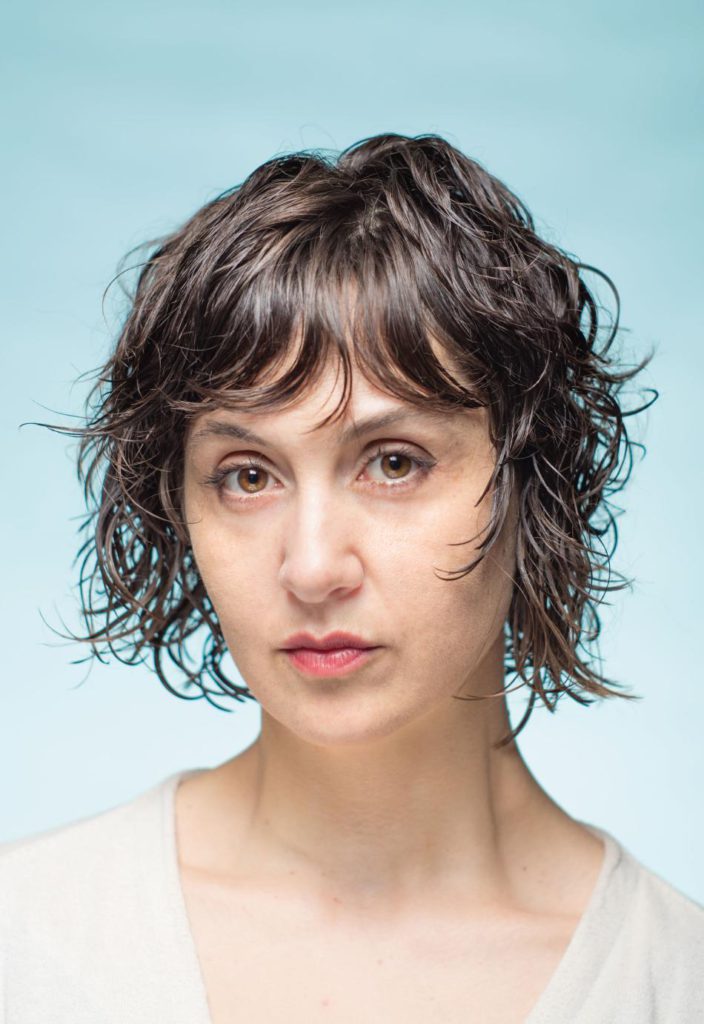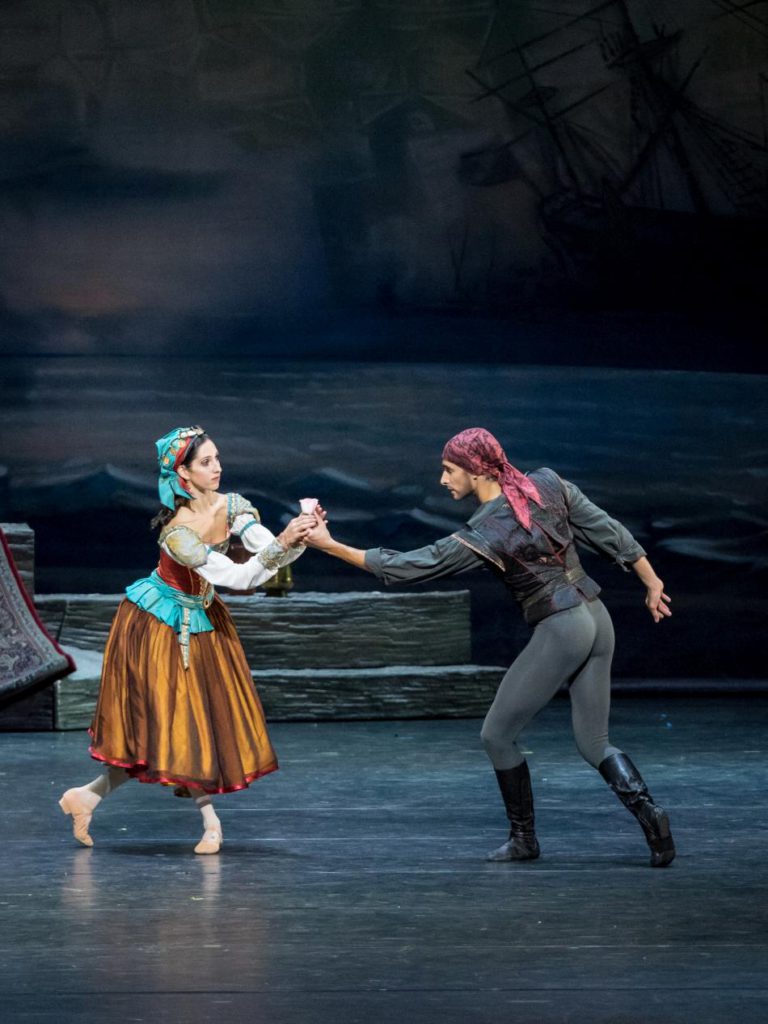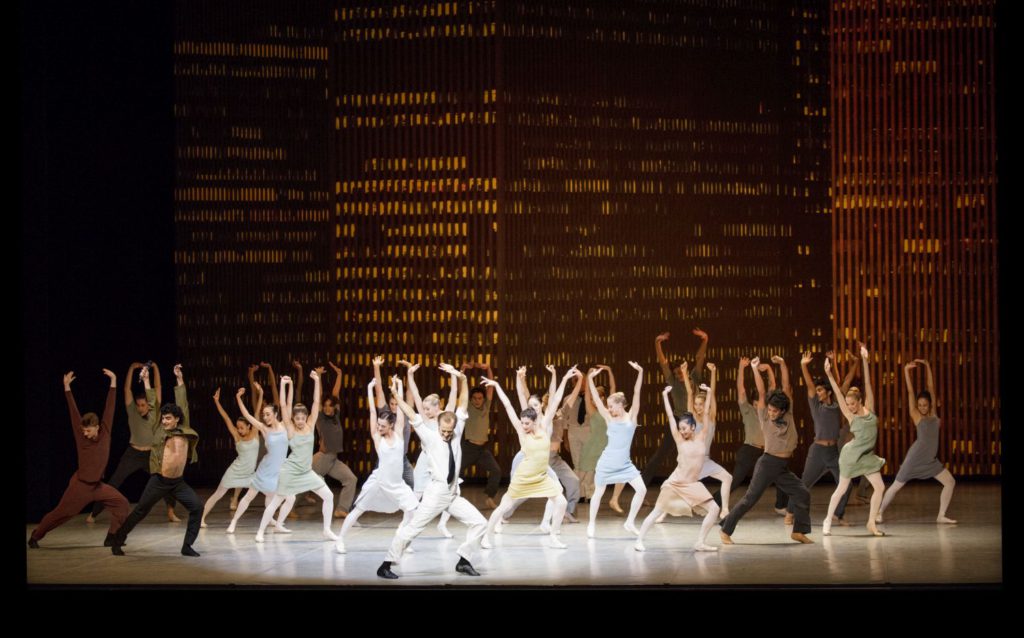Munich’s Heroes
“Spartacus”
Bavarian State Ballet
National Theater
Munich, Germany
December 23, 2016
by Ilona Landgraf
Copyright © 2016 by Ilona Landgraf
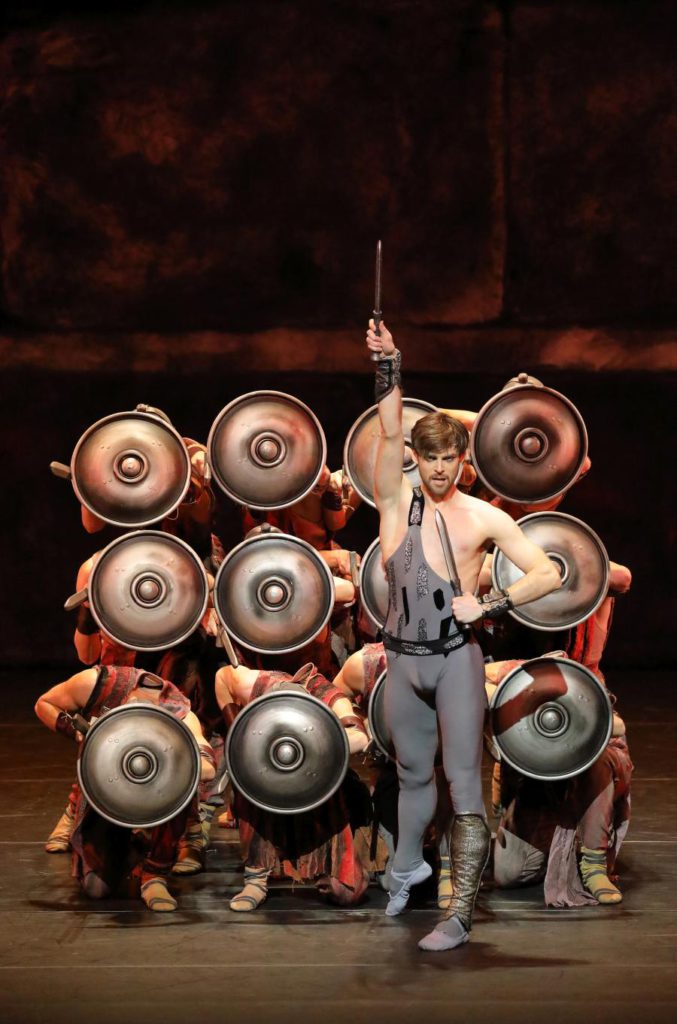 Since last Thursday, shortly before Christmas Eve, heroic fighters have commanded the stage of Munich’s National Theater. Hordes of men together with a few women all of them representing characters of either Thracian or Roman lineage, dance “Spartacus”, the epic about a Thracian man who, after having been enslaved by the Roman consul Crassus, engineers a revolt. What will happen, happens: Spartacus dies a hero’s death.
Since last Thursday, shortly before Christmas Eve, heroic fighters have commanded the stage of Munich’s National Theater. Hordes of men together with a few women all of them representing characters of either Thracian or Roman lineage, dance “Spartacus”, the epic about a Thracian man who, after having been enslaved by the Roman consul Crassus, engineers a revolt. What will happen, happens: Spartacus dies a hero’s death.
Big doses of fierce fighting and repeated displays of valor need a strong portion of the erotic in order to make them palatable to the audience. That is supplied by two women – Phrygia, Spartacus’s faithful mistress, and Aegina, Crassus’s conniving courtesan. The ballet’s action is based on the novella “Spartaco”, penned in 1874 by Raffaello Giovagnoli, who likely took liberties with historical material from before the Christian era.
There are plenty of “Spartacus” ballets in existence. Budapest, Vienna, Hong Kong and Cape Town have their own productions. Russia has seen four versions: the most recent is Georgy Kovtun’s for the Mikhailovsky Theatre. Aram Khachaturian had composed the music in 1954, and the first staging, by Igor Moiseyev for the Bolshoi in 1956 was short-lived. It was given only two performances, perhaps because it contained much pantomime but too little dancing. (more…)
